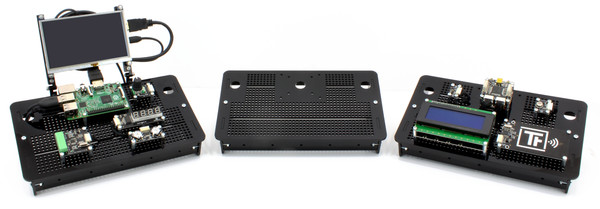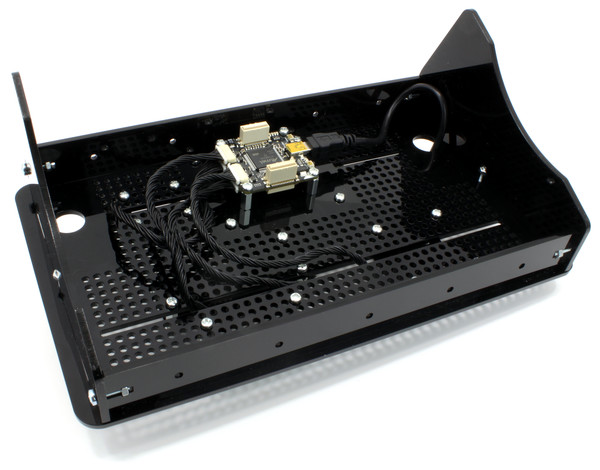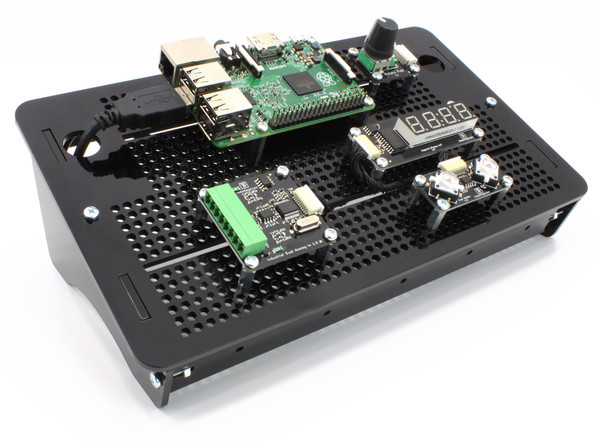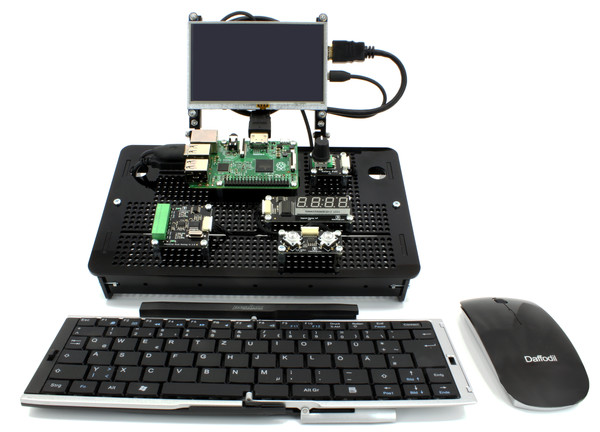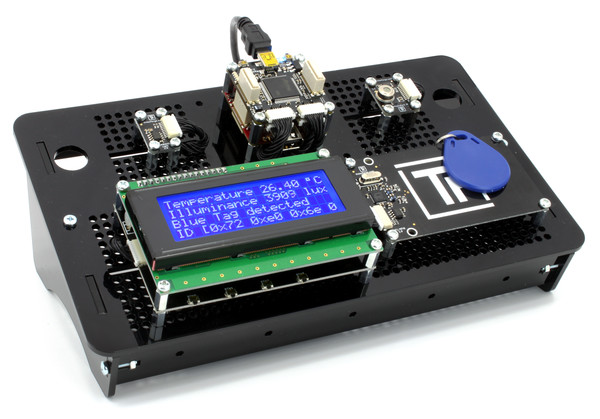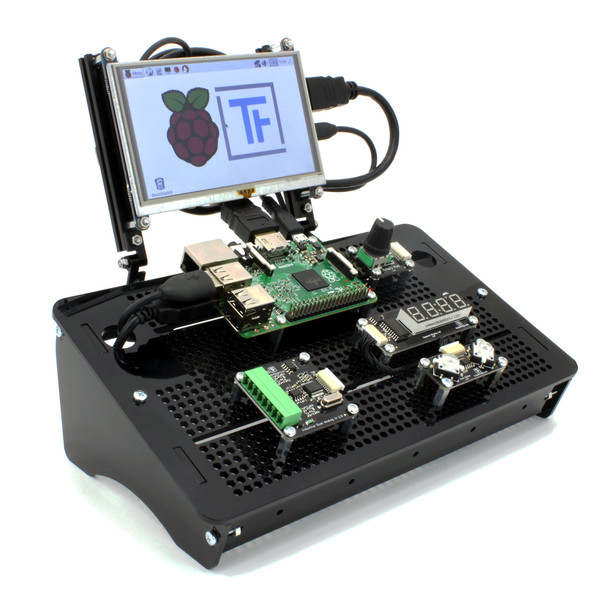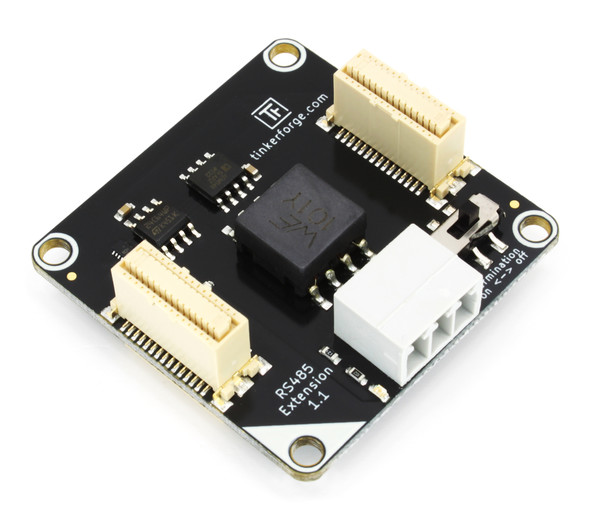In many applications of the Tinkerforge building blocks it is necessary to log measurements that are later analyzed in a program such as Excel. It is not a huge amount of work to use our API to program a small data logger, insofar you can program. If you need a more convenient solution or if you can’t program there is now a ready to use program: The Brick Logger.
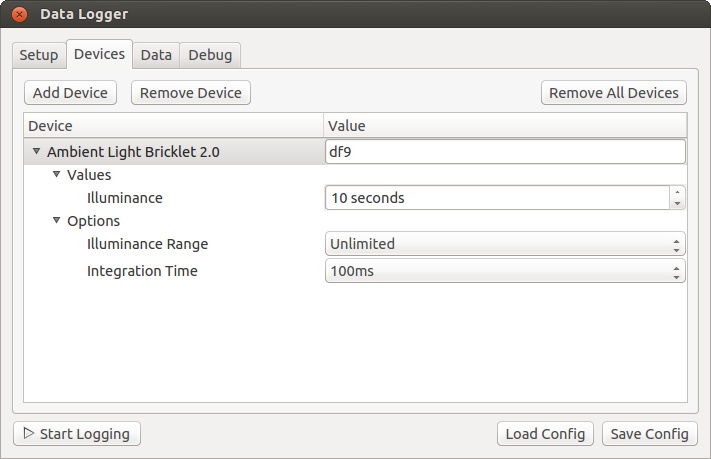
The Brick Logger is integrated into the newest release of the Brick Viewer (version 2.3.0). You can use the GUI to configure devices (Bricks or Bricklets) and corresponding sensor values that are to be logged. The output format as well as the host can be configured. Thus it is possible to log measured data directly from a Brick/Bricklet, from a different PC or from a stack with Ethernet/WIFI Extension.
You can configure and start the logger directly from within the Brick Viewer. Additionally you can save the configuration and use a Brick-Logger-Python-Script without Brick Viewer. As an additional alternative we offer a RED Brick program that can be uploaded to the RED Brick.
A more detailed description can be found in the Brick Logger documentation.


